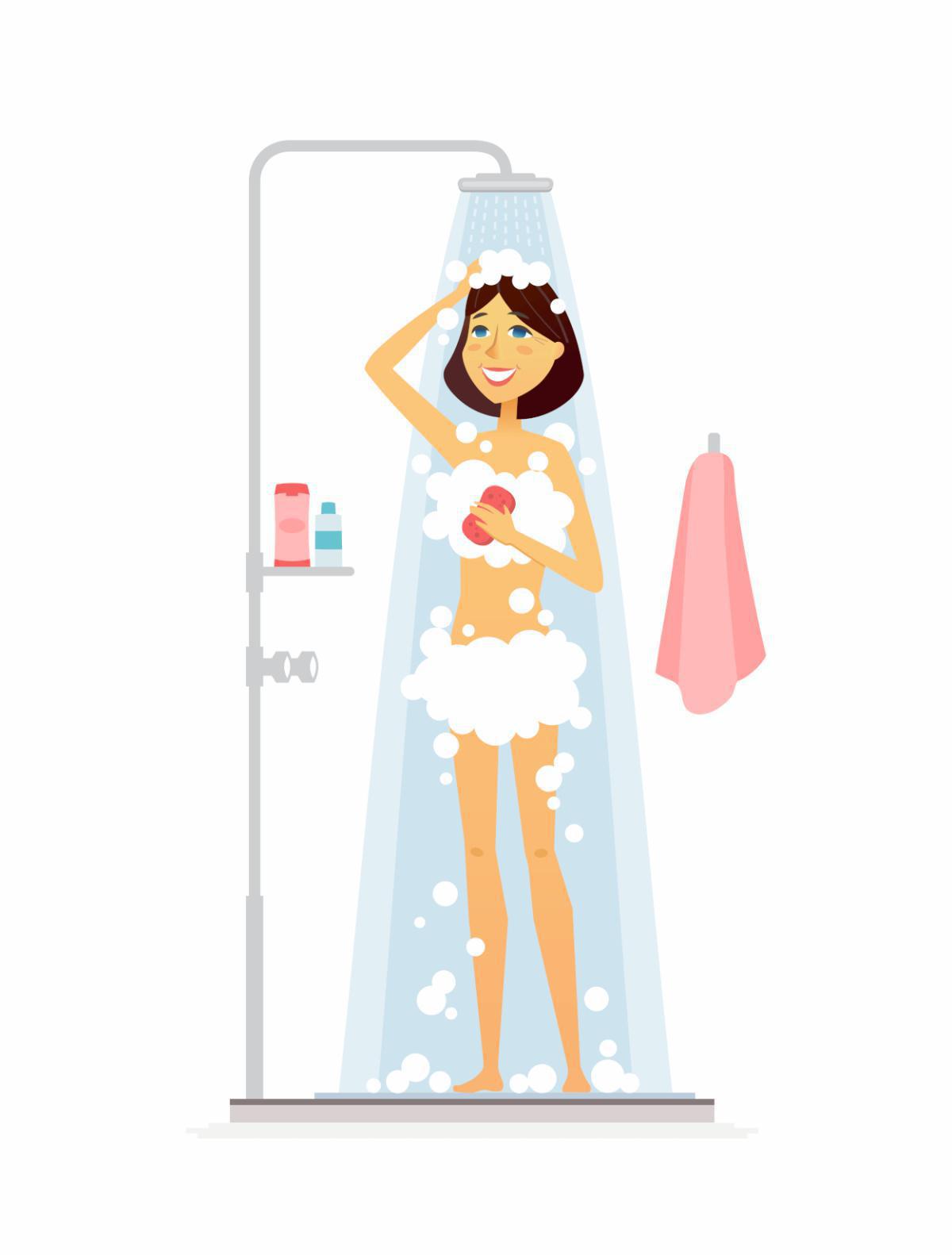Changes in physical ability, mental status, and overall function can impact a person’s ability to perform Activities of Daily Living (ADLs). Recognising these changes is important, as a person’s ability to perform ADLs can indicate a person’s functional ability, fall risk, level of dependence, safety, and quality of life.
For individuals with dementia in nursing homes, engaging in ADLs helps maintain independence, provides a sense of purpose, and enhances well-being.
Key ADLs
Below are key ADLs and strategies for incorporating them into daily routines:
1. Dressing and Grooming
- Encourage residents to dress and groom themselves as much as possible (in line with their abilities).
- Offer simple clothing choices with easy fastenings (elastic waistbands, Velcro).
- Lay out clothes in the order they will be put on and provide step-by-step prompts if needed.
2. Bathing and Personal Hygiene
- Create a calm, comfortable environment with warm water and gentle products.
- Break tasks into smaller steps and offer assistance and prompts as required.
- Maintain privacy and dignity with towels or modesty garments.
3. Eating and Mealtime Activities
- Encourage participation in mealtime activities as much as possible.
- Provide a variety of foods they enjoy while considering dietary restrictions.
- Use adaptive utensils (easy-grip handles, plate guards) if needed.
- Foster a relaxed, social atmosphere for mealtimes, allow plenty of time to eat, and provide assistance as needed.
4. Mobility and Exercise
- Encourage regular movement through walking, stretching, or seated exercises in line with their abilities.
- Modify activities to match physical ability and offer mobility aids (walkers, canes).
- Provide supervised exercise sessions or individual support.
5. Toileting and Continence Care
- Maintain a regular toileting schedule with clear reminders.
- Ensure bathrooms are well-lit and obstacle-free.
- Offer adaptive equipment like raised toilet seats and grab bars to enhance safety and independence.
6. Medication Management
- Support residents in taking their medications as prescribed.
- Use visual aids such as medication organisers or pillboxes labelled with days and times.
- Provide reminders and cues as needed.
- Ensure clear communication with healthcare providers regarding medication schedules.
7. Cognitive Stimulation and Recreational Activities
- Offer activities that match interests and cognitive abilities (puzzles, music, crafts).
- Include reminiscence therapy, reading, and sensory activities.
- Adapt activities for different cognitive levels.
8. Social Interactions and Engagement
- Encourage group activities (games, discussions, outings) to promote connection, meaningful engagement and a sense of belonging.
- Facilitate visits from family and friends and encourage their participation in communal events.
9. Rest and Relaxation
- Recognise the importance of rest and downtime for residents.
- Create quiet, comfortable spaces for rest and relaxation.
- Encourage residents to take breaks as needed.
- Offer relaxation activities like gentle music, aromatherapy, or reading.
10. Individualised Care Plans
- Develop personalised care plans based on each resident’s needs, preferences and abilities.
- Regularly review and adjust care plans based on ongoing assessments and with input from residents and their families.
Person-centred Care Approach
Supporting PADLs with empathy, respect, and a person-centred approach helps maintain dignity and independence. Adapt activities to meet individual needs, interests and abilities. Provide choices whenever possible and involve residents in decision-making. Regular communication with the interdisciplinary care team ensures a holistic and adaptable approach to daily care and PADLs in the nursing home setting.

